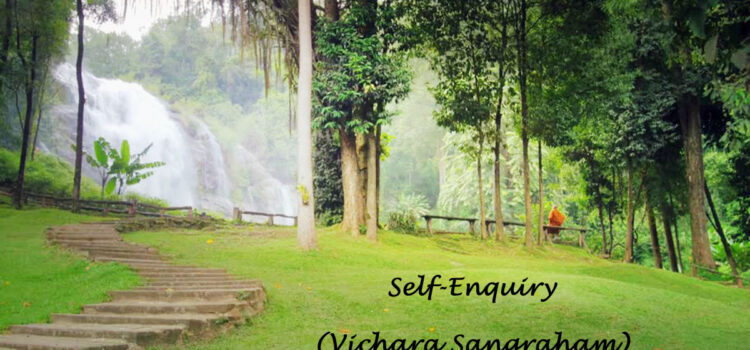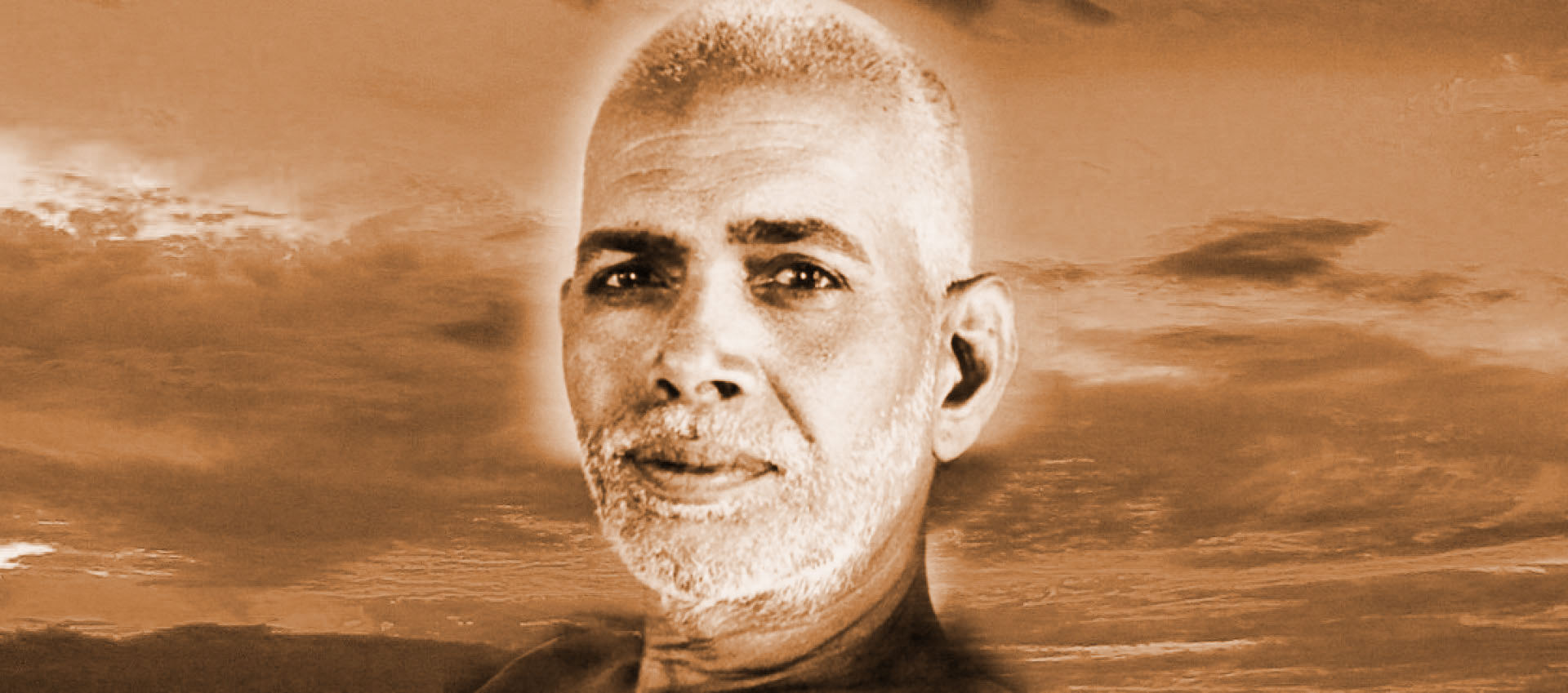
Self-enquiry – Vichara Sangraham (6)
(6)
Devotee:
While there are different modifications of the internal organ, namely manas (reflection), buddhi (intellect), chitta (memory) and ahankara (egoity), how can it be said that the destruction of the mind alone is release?
Maharshi:
In the books explaining the nature of the mind, it is thus stated:
“The mind is formed by the concretion of the subtle portion of the food we eat;
it grows with the passions such as attachment and aversion, desire and anger;
being the aggregate of mind, intellect, memory and egoity, it receives the collective singular name ‘mind’;
the characteristics that it bears are thinking, determining, etc.;
since it is an object of consciousness (the self), it is what is seen, inert;
even though inert, it appears as if conscious because of association with consciousness (like a red-hot iron ball);
it is limited, non- eternal, partite, and changing like wax, gold, candle, etc.;
it is of the nature of all elements (of phenomenal existence);
its locus is the heart-lotus even as the loci of the sense of sight etc. are the eyes etc.;
it is the adjunct of the individual soul thinking of an object, it transforms itself into a mode, and along with the knowledge that is in the brain, it flows through the five sense-channels, gets joined to objects by the brain (that is associated with knowledge), and thus knows and experiences objects and gains satisfaction.
That substance is the mind”.
The nature of mind is explained thus as mentioned above.
Even as one and the same person is called by different names according to the different functions he performs, so also one and the same mind is called by the different names: mind, intellect, memory, and egoity, on account of the difference in the modes – and not because of any real difference.
The mind itself is of the form of all, i.e. of soul, God and world. When it becomes of the form of the Self through knowledge there is release, which is of the nature of Brahman.
This is the teaching.
~~~~~~~~
Note :
Self-enquiry – Vichara Sangraham is the first set of teachings that Ramana Maharshi ever offered. It was offered at about 1901, when he was a young man of about twenty-two. He was already a Jnani (Sage) in perfect Realization of the Self, in the resplendent bliss of Divine Knowledge. At that time he was living in Virupaksha Cave on the hill of Arunachala.
A number of disciples had already gathered round him. Although he had not actually taken a vow of silence, he seldom spoke, and so wrote his replies to certain questions put to him by Sri Gambhiram Seshayya, one of the earliest devotees. Sri Seshayya copied them in his diary. After his passing away, this diary was obtained from his brother. This was edited by Sri Sivaprakasam Pillai and was later put into Question-Answer form by Sri Natanananda. It was published under the name of Vichara Sangraham, or Self-Enquiry.

